Exoplanet news, features and articles
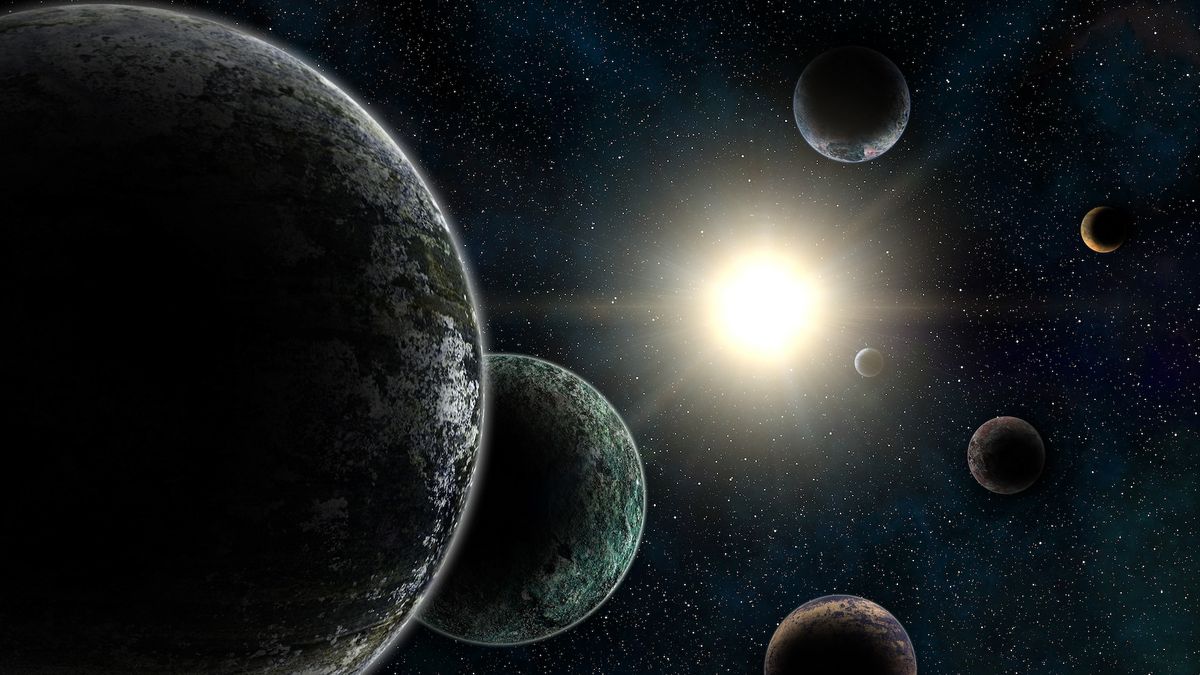
There are estimated to be trillions and trillions of planets orbiting the stars beyond our solar system. These alien worlds are called exoplanets, and Live Science is as curious as you are about what might be on them.
That's why our expert writers and editors track interstellar research, whether it's the discovery of a new class of exoplanet, a mirror-like exoplanet that "shouldn't exist," or the possibility of the first exoplanet outside the Milky Way. So whether it’s extreme exoplanets or just memorable facts, get the latest exoplanet news, features and articles here.
Discover more about exoplanets
Latest about Exoplanets

James Webb telescope could find signs of life on alien 'hycean' ocean worlds
By Paul Sutter published
If such worlds exist, they could be among the most common life-bearing planets in the galaxy.

'Extremely Large Telescope' being built in Chile could detect signs of alien life in a single night
By Brian Koberlein published
The Extremely Large Telescope will revolutionize our view of the cosmos when it sees first light in Chile in 2028. In fact, it could detect hints of alien life around our closest neighboring star system in its first night of operations, new simulations suggest.
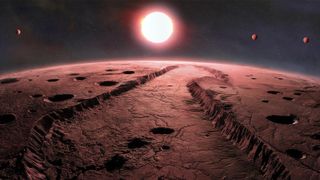
4 tiny, Earth-like planets found circling 2nd-closest star system to us — and could be visited by future human generations
By Harry Baker published
A quartet of small, rocky exoplanets likely circle Barnard's Star, around 6 light-years from Earth, putting them in contention as targets of missions for future human generations.
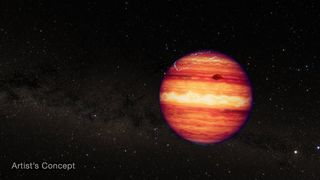
James Webb telescope spots 'rogue' planet with a cake-like atmosphere barrelling through space without a star
By Abha Jain published
The James Webb Space Telescope has spotted a 'rogue' cosmic object barrelling through our galaxy without a star, and covered in clouds of iron and magnesium minerals.
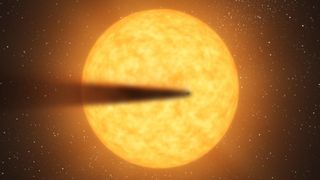
'Utterly cataclysmic': James Webb telescope spots 2 alien planets disintegrating before our eyes
By Sharmila Kuthunur published
In world-first observations, the James Webb Space Telescope is watching two distant alien planets "spilling their guts into space" as they rapidly disintegrate — and scientists are elated at what they've found.
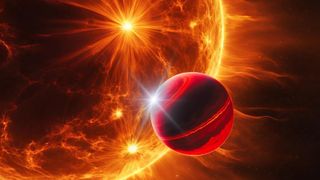
Exoplanet with iron rain has violent winds 'like something out of science fiction'
By Robert Lea published
"Even the strongest hurricanes in the solar system seem calm in comparison."
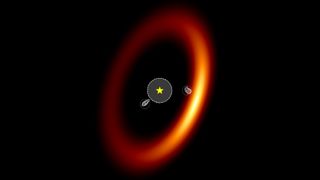
'Like a family photo of our solar system': The James Webb telescope is watching 2 alien planets being born before our eyes
By Evan Gough published
Aimed at the nearby star PDS 70, the James Webb Space Telescope is watching newborn planets take shape before our eyes in uprecedented detail.
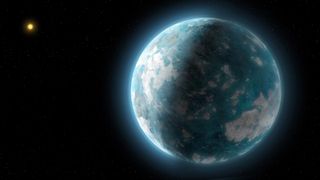
Newly discovered super-Earth orbits in and out of its star's habitable zone. Could life survive its extreme climate?
By Keith Cooper published
The climate on such a world must be beyond bizarre.
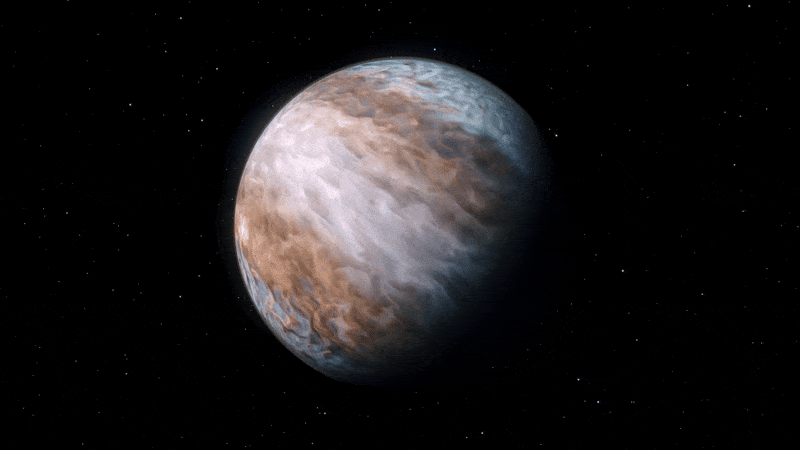
'Supersonic jetstream' with winds 130 times faster than a Category 5 hurricane spotted in the Milky Way
By Harry Baker published
The record-breaking winds are circling the nearby "puffy" exoplanet WASP-127b, and are traveling six times faster than the alien world spins.
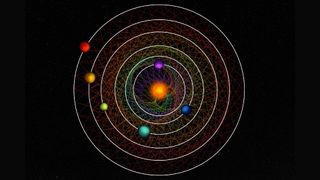
'Mathematically perfect' star system discovered 105 light-years from Earth may still be in its infancy. Could that change its prospects for life?
By Jenna Ahart published
Once thought to be 8 billion years old, the star HD 110067 — famous for its six synchronized exoplanets — may be only 2.5 billion years old, new research suggests.
Sign up for the Live Science daily newsletter now
Get the world’s most fascinating discoveries delivered straight to your inbox.
